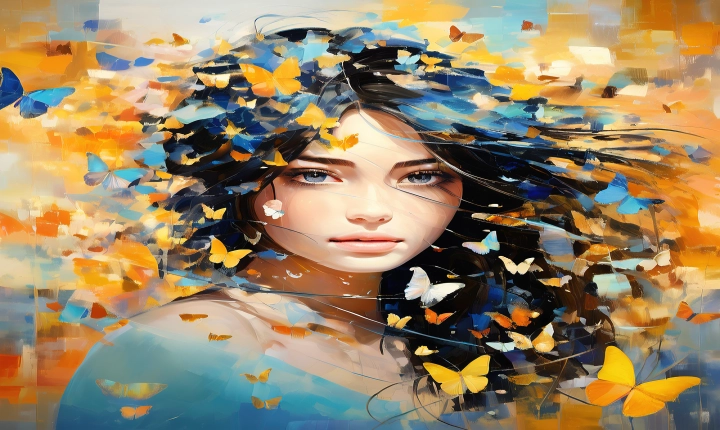Title: Exploring the World of AI-Generated Images: A Beginner’s Guide
Artificial intelligence has rapidly advanced in recent years, and one of the fascinating applications of AI technology is in the creation of images. AI-generated images can range from realistic landscapes to abstract artwork, and the process of producing these images involves a combination of machine learning algorithms, data, and input from human creators. In this article, we will explore the process of making AI-generated images, providing a beginner’s guide for those interested in delving into this exciting field.
Understanding Generative Adversarial Networks (GANs)
At the heart of creating AI-generated images lies a powerful algorithm called Generative Adversarial Networks (GANs). GANs are comprised of two neural networks – a generator and a discriminator – that work in tandem to produce realistic images. The generator creates images from random noise, and the discriminator acts as a critic, identifying whether the generated images are authentic or fake. Through a process of iteration and feedback, these networks learn to produce increasingly convincing images, resulting in the creation of high-quality AI-generated visuals.
Choosing the Right Tools and Platforms
Several tools and platforms are available for creating AI-generated images, catering to a range of skill levels and preferences. For beginners, user-friendly platforms like Runway and DeepArt are excellent choices, offering intuitive interfaces and pre-trained models that allow users to generate images with minimal technical knowledge. More advanced users may opt for frameworks such as TensorFlow and PyTorch, which provide greater flexibility and customization for developing and training GAN models from scratch. Additionally, cloud-based services like Google Cloud AI and Amazon SageMaker offer scalable infrastructure and access to powerful AI tools for generating images on a larger scale.
Training and Fine-Tuning GAN Models
Once a suitable platform or tool has been selected, the next step is to train or fine-tune GAN models to generate specific types of images. This process involves feeding the GAN with a diverse dataset of images relevant to the desired output, such as landscapes, portraits, or abstract patterns. By adjusting various parameters and hyperparameters, users can optimize the model to produce images that align with their creative vision. It is important to note that training GANs requires computational resources, and users may need access to GPUs or cloud-based instances to accelerate the training process effectively.
Exploring Creative Possibilities and Ethical Considerations
As users gain proficiency in generating AI images, they can explore a myriad of creative possibilities, from producing realistic scenes to crafting surreal and imaginative visuals. AI-generated images have been utilized in fields such as art, design, and advertising, offering new avenues for artistic expression and innovation. However, it is essential to consider ethical implications and potential misuse of AI-generated images, including issues related to copyright, representation, and distortion of reality. Responsible creation and usage of AI-generated images require a thoughtful approach and adherence to ethical principles.
Embracing Collaboration and Continued Learning
Creating AI-generated images is a dynamic and evolving endeavor, and embracing collaboration with other creators and researchers can expand one’s knowledge and skillset in this field. Engaging in communities and forums dedicated to AI art and image generation can provide valuable insights, feedback, and opportunities for collaboration. Additionally, continued learning and exploration of cutting-edge techniques and developments in AI technology are crucial for staying at the forefront of image generation capabilities.
In conclusion, the process of making AI-generated images involves leveraging the power of GANs, selecting appropriate tools and platforms, training and fine-tuning models, exploring creative possibilities, and considering ethical implications. As AI technology continues to progress, the potential for generating compelling and diverse images through artificial intelligence remains enormously promising. By embracing a learning mindset and engaging with the vibrant community of AI creators, individuals can embark on an exciting journey of exploring the world of AI-generated images and contributing to its ongoing advancement.
